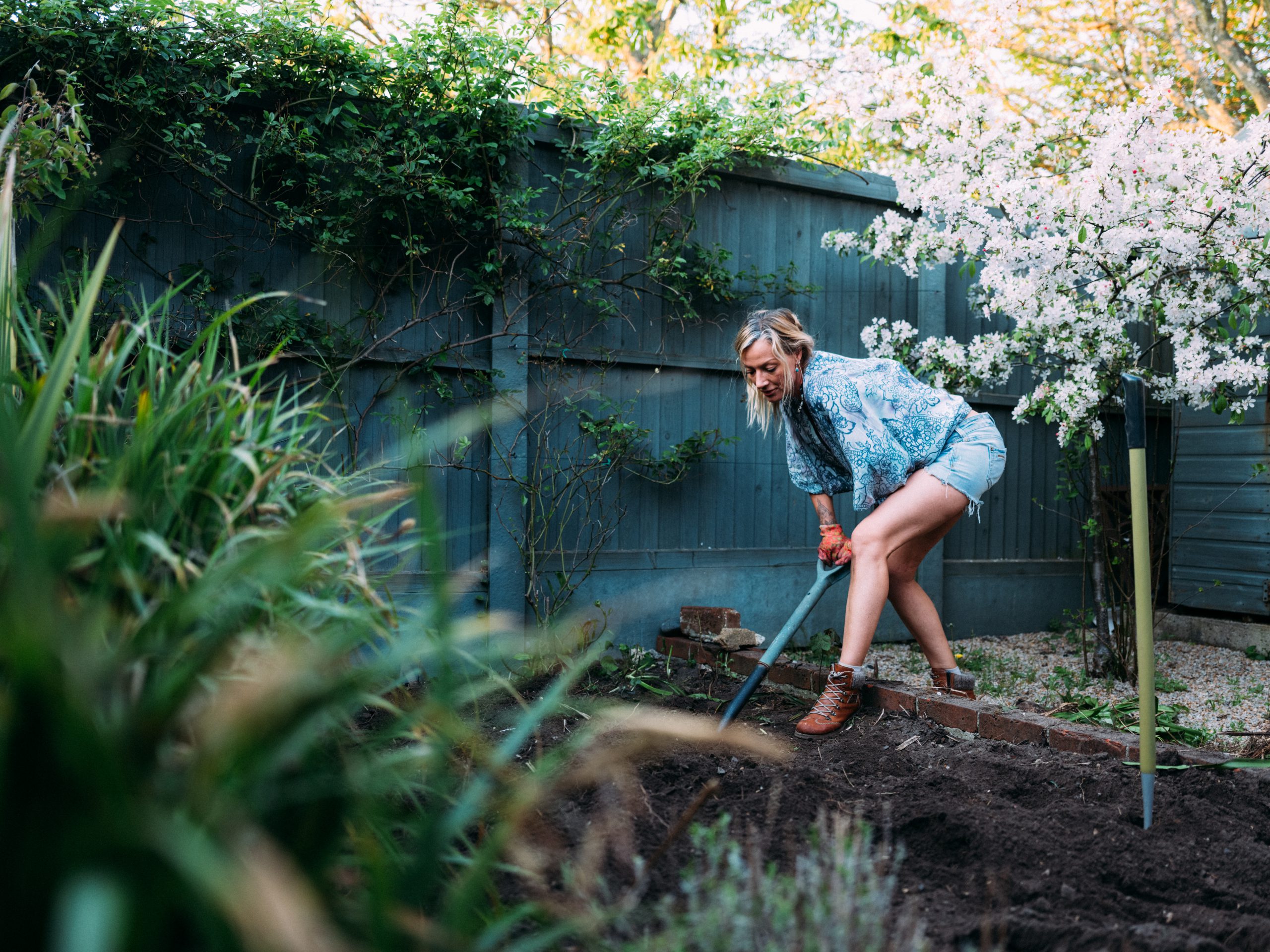
If you’ve been wondering whether there’s more you can do to help the environment, it’s worth considering buying a worm farm for your garden.
Just the simple act of recycling your raw food waste will dramatically reduce what goes into your bin while creating a fantastic garden fertiliser.
And it will stop your potato peelings, apple cores, coffee grinds and the like from ending up in landfill to break down and emit carbon dioxide.
National Greenhouse and Energy Reporting (NGER) suggests food organics will generate methane in landfill with a Global Warming Potential (GWP) of at least 2.1 tonnes of CO2-e per tonne of food over 100 years.
Follow these few steps to help determine whether you should establish a worm farm.
Why do it?
Nearly 50% of waste that goes in the bid is organic and ideal for a worm farm.
Does it work?
Most worm farms available in stores will handle 4kg of organic waste weekly.
New friends
Buy a bag of worms to get you started. Worms breed quickly, and before you know it, a battalion will be munching on your waste.
The good stuff
Fill your worm farm with fruit and vegetable peelings, egg shells, cooking oil, coffee grounds, dust from the vacuum, hair clippings, and paper. Ensure the contents don’t get wet as this sends the worms into retreat.
Location
Put the farm in the shade. You can throw a hessian cloth over the top to insulate it from heat or cold.
Set-up
A variety of effective worm farm setups are available to compost your organic waste. The tumbler style is recommended because it’s easy to put air through the waste to accelerate decomposition.
Budget option
The tumbler is expensive compared with other warm farms. Cheaper alternatives feature trays or a tier system.
Rotating trays
Fill the top tray first and, when it’s full, move it to the bottom of the stack. Repeat this process until all the trays are full. This can take several months, depending on the amount of waste you produce.
Gardening
When the trays are full, inspect the compost to see if it’s ready to go into your garden soil. If there are large pieces of organic material still to be broken down, wait a few more weeks.
